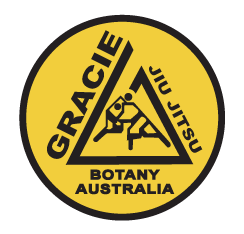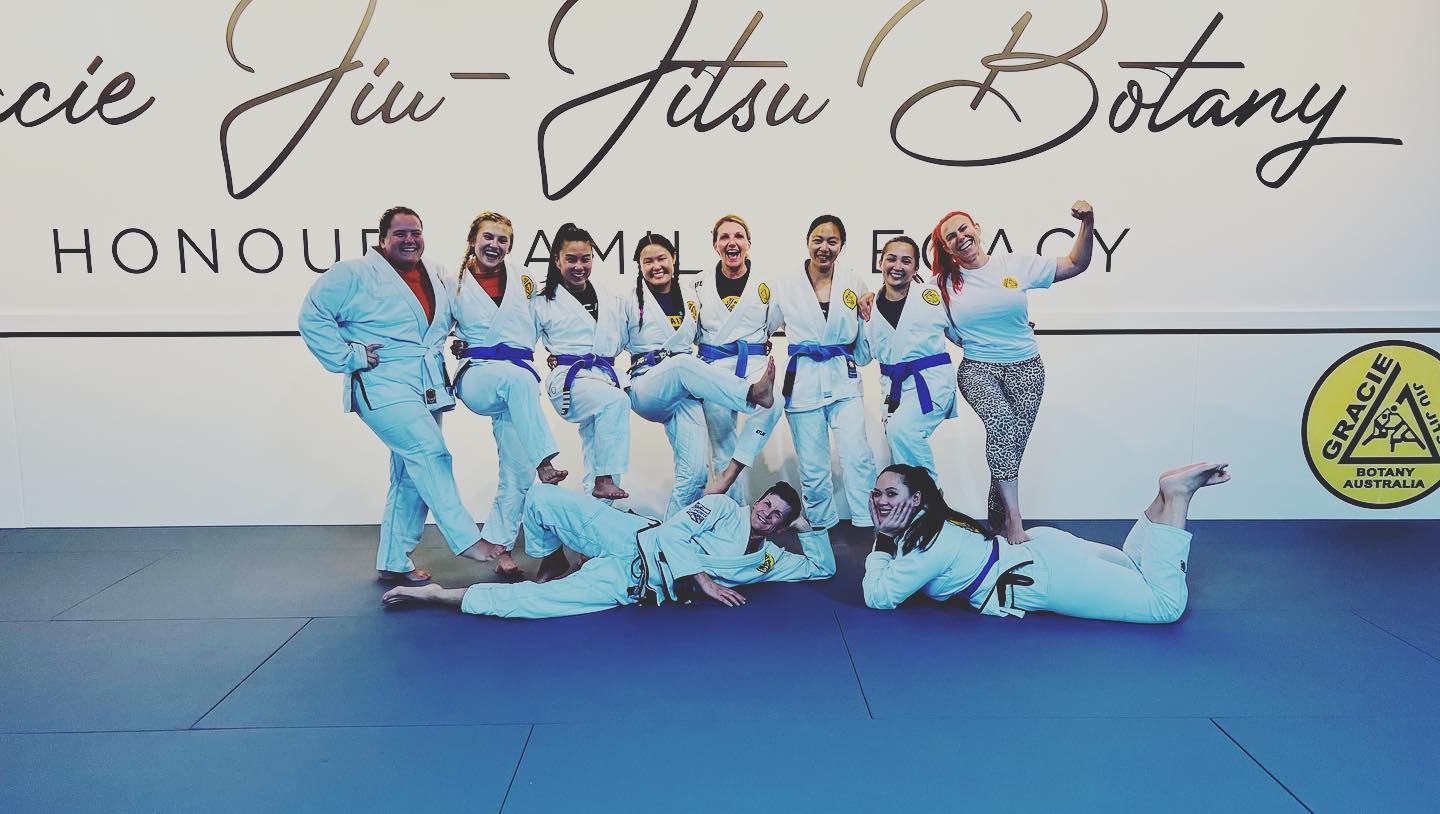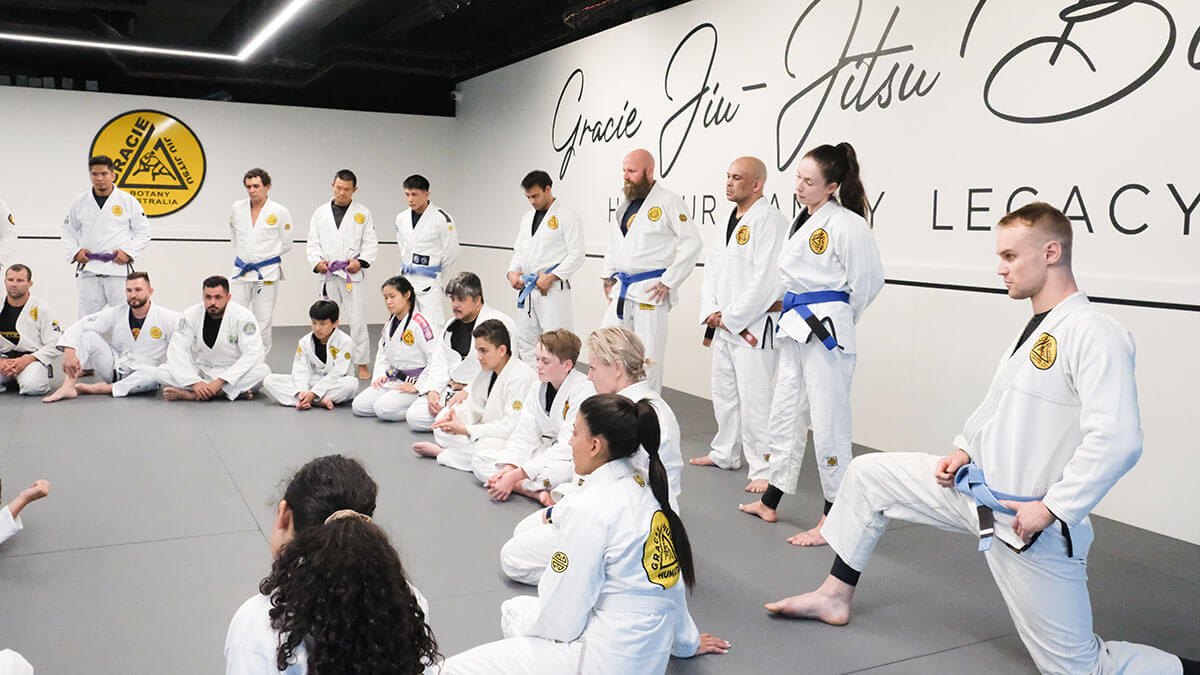
Martial arts in general are valuable to study, but there are a few attributes that make Brazilian Jiu-Jitsu particularly great. Chief among them is Jiu-Jitsu’s focus on techniques that work for smaller practitioners against bigger opponents.
As our name suggests, Gracie Botany traces its lineage back to the Gracie family that created Brazilian Jiu-Jitsu (BJJ). Helio Gracie was smaller and weaker than his siblings, and so modified the Judo techniques they were learning to accommodate his smaller stature. That’s how BJJ was slowly created.
In other words, the ability to defend yourself against larger opponents is written into the DNA of Jiu-Jitsu.
This makes it an excellent choice for parents who are looking for self-defence classes for kids. Learning Brazilian Jiu-Jitsu is an outstanding anti-bullying measure in itself, one that gives kids the skills and the confidence to protect themselves.
If you’re interested in signing your kid up for self defence classes, come into Gracie Botany for a free trial.
BJJ is about technique, not strength
Jiu-Jitsu is a grappling martial art that predominantly focuses on ground-based combat. There are two reasons for this. First, most fights end up on the ground. Second, taking an aggressor to the ground lessens their ability to use strength and power, as they’re no longer able to use their legs to generate force.
Many people are surprised to learn that there is no striking in Jiu-Jitsu. Kids and adults learn how to defend themselves against strikes, but won’t be taught any striking techniques themselves. It’s not that striking is bad, or that strike-based martial arts are unworthy of study. But most of these martial arts tend to advantage power and athleticism.
Jiu-Jitsu is not about power and athleticism.In Jiu-Jitsu, technique is king.
Small practitioners who are skilled enough can handily defeat larger ones. To be sure, size and power are still assets on the BJJ mats, as they are in self-defence situations. But the point of Jiu-Jitsu is that those assets can be overcome by precise technique.

Self-defence with options
One of the key benefits of Jiu-Jitsu as compared to other martial arts is the fact that it provides kids with options. Boys and girls at Gracie Botany learn BJJ skills with a range of intensity, which can be applied depending on the scenario.
First, kids learn how to get out of bad situations. They learn how to break free from an aggressor’s grip, or how to escape from being pinned by a larger kid. They then will learn how to establish a dominant position. Crucially, this can be done without harming the attacker. Finally, kids are taught how to apply submission holds.
These are three distinct groups of skills. Sometimes a kid will be harassed on the playground, but not in a way that requires the application of a dangerous submission hold. In more drastic scenarios, those submission holds are of great use.
Compare this with striking martial arts, which are effective but less flexible. There are fewer pit stops between 0 and 100. A stiff kick or a spinning backfist is certainly effective at fending off bullies, but may not be called for. Self defence should always be that: defence. Harming someone else should only be risked when absolutely necessary.
Learn to fight from all positions
We all know that there’s a difference between studying martial arts techniques against a ragdoll versus applying them against a resisting opponent. One of BJJ’s greatest strengths is that much of it is learned via practice. Once kids are old enough, and comfortable enough on the mats, they’ll spar with each other at the end of every class.
This is vital. Sparring ensures that self-defence classes for kids are effective in teaching skills that apply to actual combat scenarios. Additionally, because Jiu-Jitsu has no strikes and limited takedowns, the injury risk is minor. That means kids can spar at great intensity, and accustom themselves to the pace of a self-defence scenario, without risking any serious injuries.
With enough time spent on the mats, kids will learn a skill that no other martial art teaches: the ability to fight from your back. BJJ has something called the guard position. In essence, it’s when you’re on your back but your opponent has yet to move past your hips and secure head control. It sounds simple on paper, but in effect teaches practitioners to be able to defend themselves and even attack from the worst possible position.
In this way, BJJ teaches kids (and adults) to defend themselves – even if they’re starting from the worst possible position.



